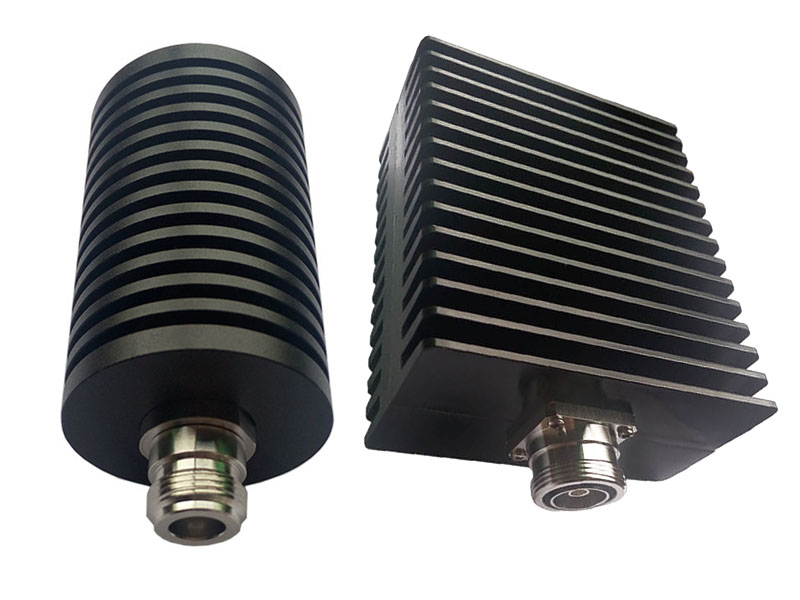-
We’re On Call 24/7 : +8613538296050
-
E-mail : anna@rohoconnector.com
We’re On Call 24/7 : +8613538296050
E-mail : anna@rohoconnector.com
In a wireless communication system, the RF connector requires three integrated circuits - the fundamental frequency (BB), the intermediate frequency (IF), and the radio frequency (RF). They convert and transmit the received signals for communication. . Generally speaking, the radio frequency bears receiving and transmitting high frequency data signals, the fundamental frequency bears signal processing and storage, and the intermediate frequency is an intermediate bridge between the radio frequency and the fundamental frequency, so that the signal can be smoothly converted between the high frequency signal and the fundamental frequency signal.
The RF device is a key component of various wireless communication devices such as mobile phones, and is mainly responsible for forming and processing high-frequency electromagnetic waves for transmission and reception. Unlike AD/DA technology, which is responsible for transforming analog and binary digital signals, RF technology is responsible for amplifying very weak low-frequency analog signals into high-frequency electromagnetic waves to transmit information.

Then, the high-frequency electromagnetic wave received from the outside is filtered and converted into a low-frequency analog signal for processing by the baseband chip. RF devices include power amplifiers (PAs), filters, duplexers, RF Terminators, low noise amplifiers, and antennas.
(1) Power amplifier: In the pre-stage circuit of the transmitter, the RF signal generated by the modulating oscillating circuit needs to undergo a series of amplification, a buffer stage, an intermediate amplification stage, and a final stage power amplification stage to obtain sufficient RF power. The feed is radiated out onto the antenna.
(2) Filter: Effectively filter the frequency of a specific frequency in the power line or the frequency outside the frequency to obtain a power signal of a specified frequency, or clear the power signal after a specified frequency.
(3) Duplexer: Isolating the transmit and receive signals to ensure that both the receive and the transmit can work together. This is composed of two sets of band-rejection filters of different frequencies to prevent the local transmit signal from being transmitted to the receiver.
(4) RF switch: responsible for switching between different frequency bands and their reception and transmission channels.
(5) Low noise amplifier: The first is to amplify the weak RF signal sensed by the antenna.
(6) RF antenna: It is the outermost end of all mobile communication systems. It is a window for communication with the outside world on the mobile phone. Its function is to receive electromagnetic waves or emit electromagnetic waves.
5G will bring a full range of replacements for RF devices. 5G mobile phones have the need for upgrading power amplifiers, filters, antennas, etc., and there is also an increase in quantity. Domestic letters and other manufacturers are based on the field of mobile phone RF devices, and actively deploy wireless charging, audio services, NFC payment and connectors and other products. Those enterprises will be further developed in the 5G era, and enterprises with advanced technology applications will occupy a large part of the market share.
Tags :